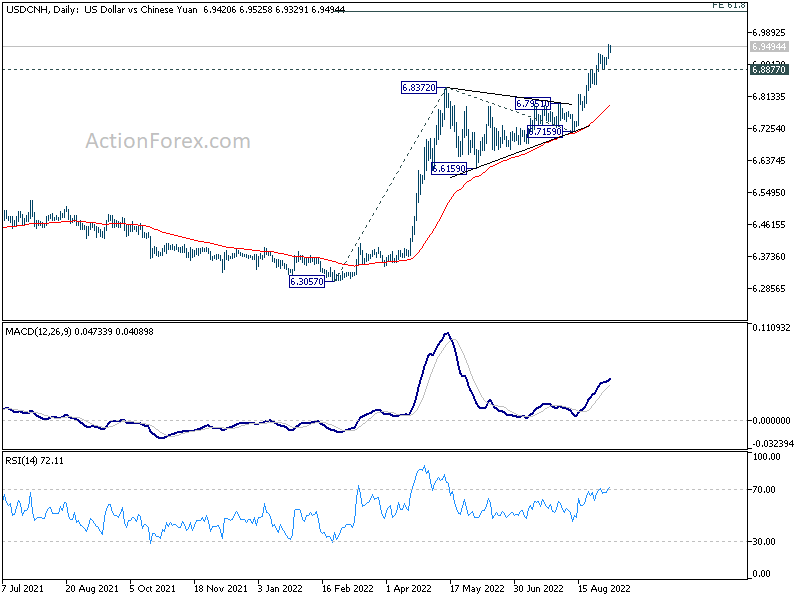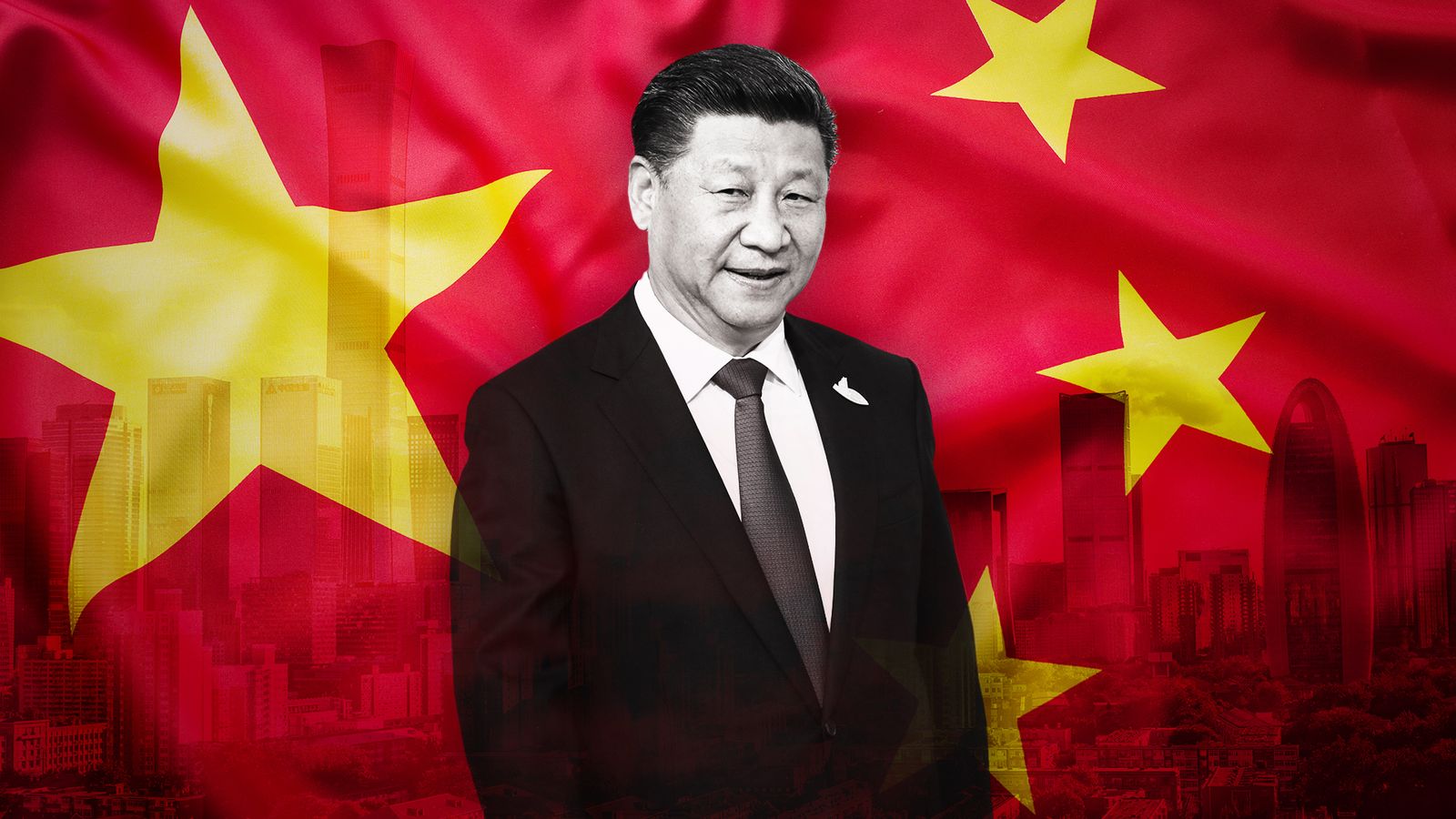Yuan Support Measures: PBOC's Actions And Market Impact

Table of Contents
PBOC's Direct Intervention in the Foreign Exchange Market
The PBOC directly intervenes in the foreign exchange (forex) market to influence the Yuan's value, employing several key strategies.
Direct Yuan Purchases
The PBOC directly purchases Yuan in the forex market, thereby increasing demand and supporting its value.
- Selling Foreign Currency Reserves: This intervention often involves selling the PBOC's substantial foreign currency reserves to buy Yuan. This directly impacts the supply and demand dynamics of the currency.
- Variable Intervention Scale: The scale of intervention varies considerably depending on prevailing market conditions and perceived threats to the Yuan's stability. Periods of high volatility often see more aggressive interventions.
- Temporary Fix Debate: The long-term effectiveness of direct intervention is a subject of ongoing debate. Critics argue that it only provides a temporary fix, masking underlying economic vulnerabilities rather than addressing them.
Setting the Daily Fixing Rate
The PBOC sets the daily midpoint rate for the Yuan against the US dollar (USD), a crucial mechanism influencing market expectations and trading activity.
- Rate as an Anchor: This daily fixing rate acts as a central anchor, guiding the Yuan's allowed fluctuation band throughout the trading day.
- Volatility Management Tool: Manipulating this fixing rate, even subtly, can be a powerful tool for managing volatility and guiding market sentiment.
- Transparency and Confidence: Transparency surrounding the methodology and rationale behind the fixing rate is crucial for maintaining market confidence and attracting foreign investment. Lack of transparency can lead to speculation and increased volatility.
Indirect Yuan Support Measures: Monetary Policy and Regulatory Tools
Beyond direct forex market intervention, the PBOC utilizes a range of indirect monetary policy and regulatory tools to support the Yuan.
Interest Rate Adjustments
Interest rate adjustments are a key lever for influencing capital flows and Yuan demand.
- Attracting Foreign Investment: Higher interest rates make Yuan-denominated assets more attractive to foreign investors, boosting demand for the currency.
- Stimulating Domestic Investment (with potential risks): Lower interest rates can stimulate domestic investment and economic growth, but they can also lead to capital outflows if the perceived risk outweighs the reward.
- Balancing Act: The PBOC faces a constant challenge in balancing the need for economic growth with the need to maintain Yuan stability.
Reserve Requirement Ratio (RRR) Changes
Adjusting the RRR, the percentage of deposits banks must hold in reserve, indirectly impacts the Yuan's value by influencing the money supply.
- Increased Liquidity (Lower RRR): Lowering the RRR increases liquidity in the banking system, potentially stimulating lending and economic activity, which can indirectly support the Yuan.
- Reduced Liquidity (Higher RRR): Raising the RRR reduces liquidity, potentially slowing down the economy and supporting the Yuan by curbing inflationary pressures.
- Significant but Indirect Tool: While less direct than forex intervention, RRR adjustments remain a significant tool for influencing the Yuan's value and managing economic growth.
Capital Controls
Restrictions on capital flows are employed to manage volatility and prevent large-scale capital flight.
- Range of Controls: Capital controls can range from limits on outward remittances to restrictions on foreign investment in specific sectors.
- Balancing Growth and Stability: The delicate balance between fostering economic growth and maintaining capital account stability requires careful calibration of capital controls.
- Potential Negative Impacts: Excessive capital controls can stifle economic growth and deter foreign direct investment (FDI).
The Market Impact of Yuan Support Measures
The effectiveness of PBOC interventions in influencing the Yuan and the wider market is multifaceted.
Exchange Rate Stability
The primary goal of Yuan support measures is exchange rate stability.
- Short-Term vs. Long-Term: While these measures often provide short-term stability, their long-term effectiveness in creating sustainable exchange rate stability is debatable.
- Global Economic Factors: Global economic factors, such as shifts in global trade balances and changes in US monetary policy, significantly impact the Yuan's value, irrespective of domestic interventions.
- Analyzing Past Interventions: A thorough analysis of past interventions is necessary to assess their success rate in achieving sustained Yuan stability and to inform future strategies.
Impact on Foreign Investment
Yuan support measures have significant implications for foreign investment in China.
- Investor Confidence: The measures aim to build confidence among foreign investors in the Yuan's stability and the overall macroeconomic outlook.
- Market Sentiment: The effectiveness of the PBOC’s actions directly affects market sentiment, both domestically and internationally.
- Mutual Benefits: Attracting FDI and maintaining a stable currency are mutually reinforcing; a stable currency makes China a more attractive investment destination.
Conclusion
The PBOC employs a multi-pronged approach to Yuan support measures, combining direct forex interventions with indirect monetary policy tools and capital controls. While these measures strive to stabilize the Yuan's exchange rate and bolster confidence in the Chinese economy, their success depends on a complex interplay of domestic and global economic factors. Understanding these Yuan support measures and their nuanced impact is paramount for businesses and investors engaged with the Chinese market. Continued monitoring of these interventions and their long-term consequences is crucial. Stay informed about future developments regarding Yuan support measures and their evolving influence on the global financial landscape.

Featured Posts
-
 The Team Behind Chinas Us Deal Xi Jinpings Strategic Advisors
May 15, 2025
The Team Behind Chinas Us Deal Xi Jinpings Strategic Advisors
May 15, 2025 -
 Npo Bruins En De Leeflang Kwestie Een Noodzakelijk Overleg
May 15, 2025
Npo Bruins En De Leeflang Kwestie Een Noodzakelijk Overleg
May 15, 2025 -
 Chandler Doubts Pimblett Can Handle His Aggressive Style At Ufc 284
May 15, 2025
Chandler Doubts Pimblett Can Handle His Aggressive Style At Ufc 284
May 15, 2025 -
 Evaluating Jimmy Butlers Role And The Miami Heats Supporting Cast
May 15, 2025
Evaluating Jimmy Butlers Role And The Miami Heats Supporting Cast
May 15, 2025 -
 12 Milyon Avroluk Kktc Karari Tuerk Devletlerinin Rolue Ve Sonuclari
May 15, 2025
12 Milyon Avroluk Kktc Karari Tuerk Devletlerinin Rolue Ve Sonuclari
May 15, 2025
Latest Posts
-
 Mlb Dfs Lineup Advice For May 8th Sleeper Picks And Hitter To Fade
May 15, 2025
Mlb Dfs Lineup Advice For May 8th Sleeper Picks And Hitter To Fade
May 15, 2025 -
 Max Muncys Torpedo Bat Experiment 3 At Bats Then A Game Tying Double
May 15, 2025
Max Muncys Torpedo Bat Experiment 3 At Bats Then A Game Tying Double
May 15, 2025 -
 Dominate Your Mlb Dfs Lineup On May 8th Sleeper Picks And Hitter To Avoid
May 15, 2025
Dominate Your Mlb Dfs Lineup On May 8th Sleeper Picks And Hitter To Avoid
May 15, 2025 -
 Cody Poteets Spring Training Abs Challenge Win
May 15, 2025
Cody Poteets Spring Training Abs Challenge Win
May 15, 2025 -
 May 8th Mlb Dfs Top Sleeper Picks And One Batter To Bench
May 15, 2025
May 8th Mlb Dfs Top Sleeper Picks And One Batter To Bench
May 15, 2025
